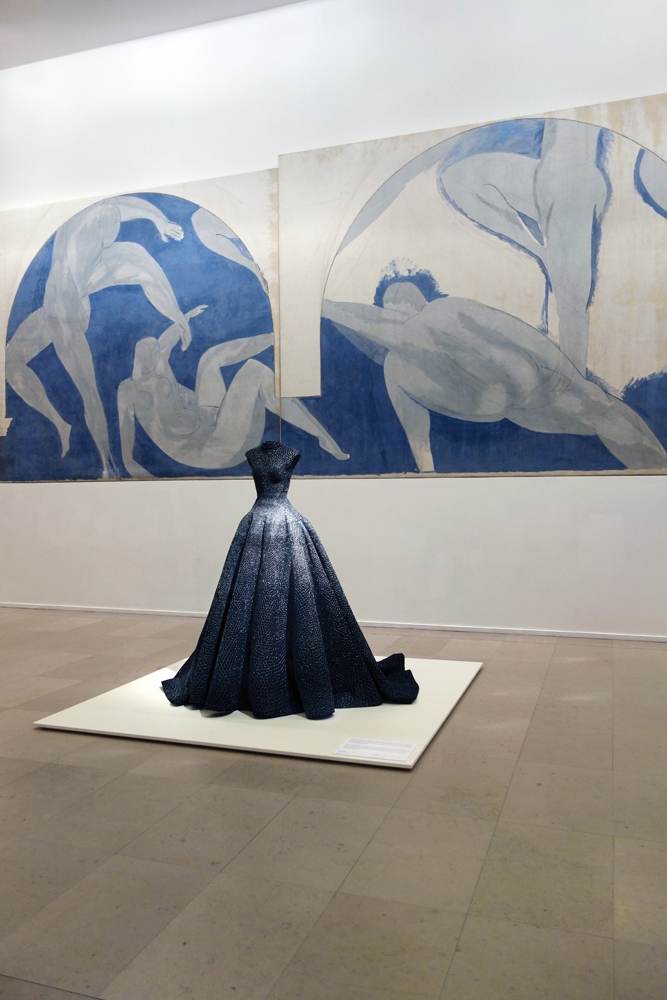The Artistry of ALAÃA

Azzedine Alaïa is known as a fashion designer. It is said that he likes to be called a couturier. I have looked at his work and had the privilege to watch him work over the past 25 years. Azzedine Alaïa is an artist. He is a sculptor who draws with scissors. He has invented materials that have certainly revolutionized the way that women look and dress, and he has altered both the way we see women and the way that they see themselves. There are parallel lives that exist within his oeuvre. He makes clothes that women wear—and that is a big business. Somehow, though, the success of his business just happens to be a necessary part of survival. He alone defines his contribution as a designer—there really is no one to compare him to. At present, there are exhibitions of Alaïa’s work at the Palais Galliera in Paris and, simultaneously, at the Musée d’Art Moderne de la Ville de Paris. When I saw a dress that he made in the mid-1990s out of raffia and silver thread in front of La Danse inachevée by Matisse, the level at which these two artists work—the painting of Matisse and the sculpture of Azzedine—spoke to each other in a concert of the highest pitch; the physical manifestation of the love of the female form, and the joy of experiencing two artists who can objectify and materialize the inexpressible. I crossed the street and walked back through the garden of the Palais Galliera, where at least 50 sculptures in the form of dresses breathed the delicacy and strength of Azzedine’s Tunisian roots and his Parisian émigré’s past life. What was so impressive was the catalog of every sentiment and formal invention a human being could put into the form of what is called a dress. His works transported me to the colonial disarray of the Cairo museum, and he had filled it with himself, with his longing, speaking in a voice that had been mimicked and mimed, but is his alone. No theatricality, no smoke and mirrors, no copying. To see a master who has been consistently searching and unearthing ways to define beauty, handmade, by himself, working late into the night while Paris sleeps … It is a pleasure to be able to use the word great to describe work that everyone must see for themselves. It is heartbreaking and encouraging to see one’s life’s work that consistently resides in the sheer material of beauty, one that has been preserved by its author who, obviously, has a profound interior dialogue with himself and with history.






